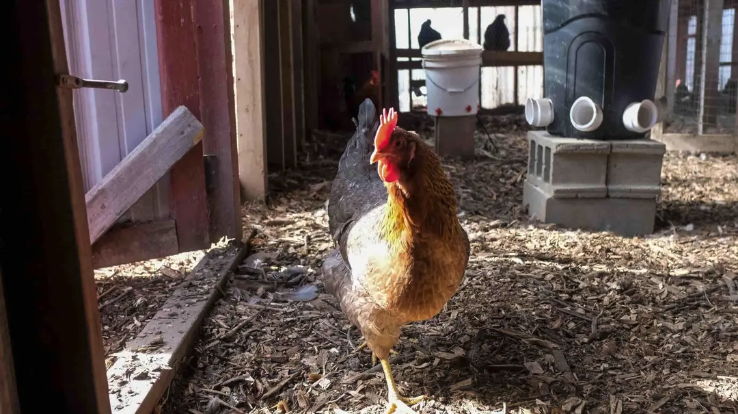BC Human Bird Flu Case Remains a Mystery
A teenager from British Columbia, who in early November became the first confirmed domestically acquired human case of H5N1 avian influenza in Canada, remains in critical but stable condition at BC Children's Hospital.
Facts
- A teenager from British Columbia, who in early November became the first confirmed domestically acquired human case of H5N1 avian influenza in Canada, remains in critical but stable condition at BC Children's Hospital.[1][2]
- Health officials still don't know how the teen, who hails from the Fraser Health Region — which includes numerous eastern and southern suburbs of Vancouver in addition to the Fraser Valley — became infected. The province Tuesday announced it has closed its probe.[1][2]
- An investigation determined the viral strain of avian influenza, also known as bird flu, matches that which was found in wild birds in the Fraser Valley area in October, with no direct connection to poultry farm outbreaks.[2]
- BC currently has 54 farm sites actively dealing with avian flu infections, the highest among provinces, with an estimated 6.8M birds affected. Thirty-four health care workers have been exposed during treatment, but no additional human cases have been identified, and there is no evidence of human-to-human transmission.[1][2]
- While officials investigated a potentially sick pet dog as the source, all subsequent testing of the animal and related environments returned negative results for H5N1.[1][3]
- Since 2003, over 900 human cases of H5N1 have been reported globally, primarily in Asia and Africa. Approximately half resulted in death, though mild cases may be underreported.[4]
Sources: [1]Global News, [2]CBC, [3]The Globe and Mail and [4]CNN.
Narratives
- Narrative A, as provided by CTV News. The extensive public health investigation has been thorough and comprehensive, involving multiple agencies and testing protocols. The identified strain matches local wild bird populations, suggesting a contained incident. The risk to the general public remains extremely low, with no evidence of human-to-human transmission.
- Narrative B, as provided by CIDRAP and Nature. The inability to identify the infection source raises serious concerns about Canada's disease surveillance and detection capabilities. With 54 active outbreaks affecting millions of birds in BC alone, and the virus appearing in cattle, the threat of additional human cases cannot be dismissed.







